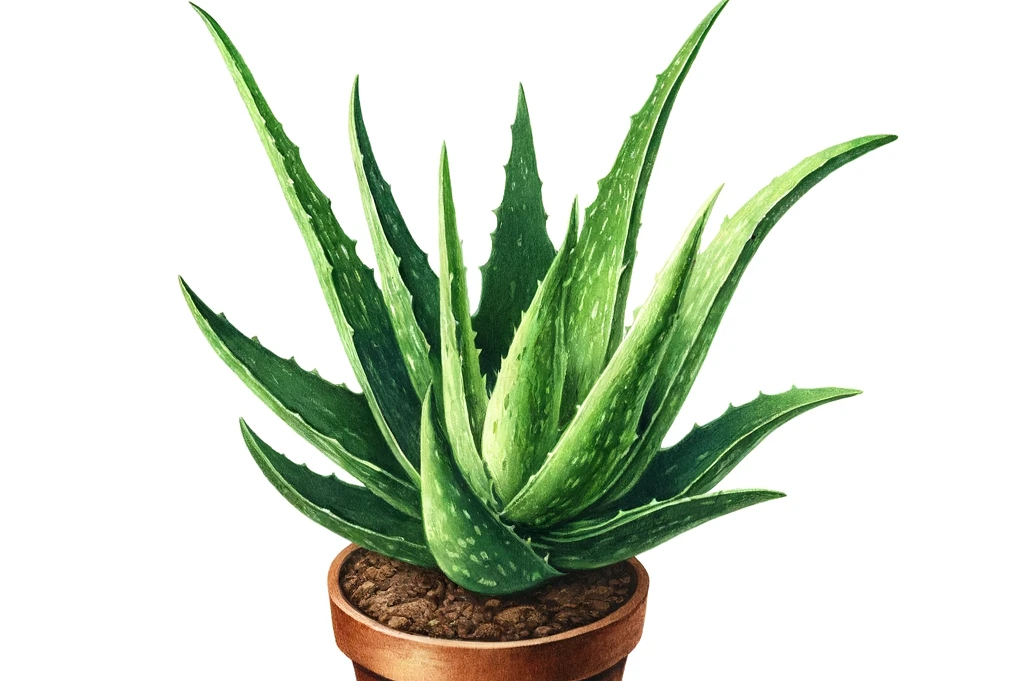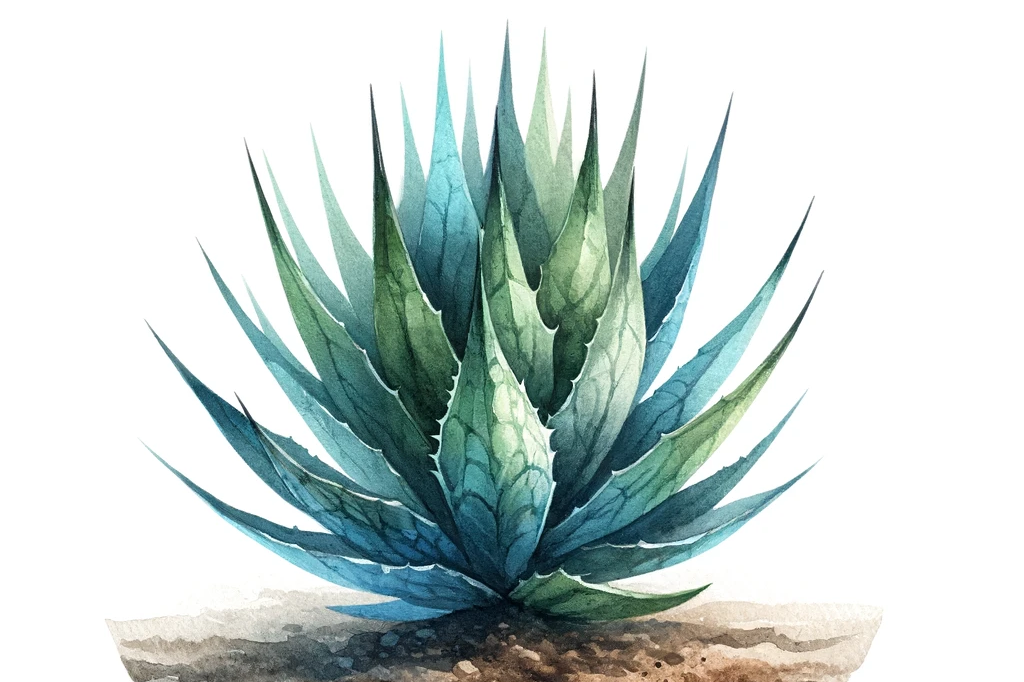Carnegiea gigantea

In the fascinating world of flora, there is one plant whose majestic appearance is as impressive as it is potentially dangerous for our four-legged friends: the Carnegiea gigantea, better known as the saguaro cactus. This iconic plant of the American Southwest is a symbol of desert landscapes, but it poses risks that dog owners should be aware of. In this article, we explore what makes the Carnegiea gigantea tick and the pros and cons of its presence around dogs.
What is Carnegiea gigantea?
The Carnegiea gigantea, or saguaro cactus, is a species of cactus found exclusively in the Sonoran Desert in the USA and Mexico. These gigantic cacti can reach a height of up to 15 meters and are known for their characteristic "arms" that extend from the main stem. They bloom in the summer months with large, white flowers and bear red fruits that are prized by local wildlife.
Benefits of Carnegiea gigantea in the dog world
Ecological importance
The saguaro cactus plays an important role in the Sonoran Desert ecosystem by providing habitat and food for many animal species. Dogs that live in or visit this region benefit indirectly from the biodiversity that the saguaro supports.
Aesthetic value
For dog owners who live near these majestic cacti, the Carnegiea gigantea provides unique aesthetic value and the opportunity to walk in a scenic environment. The presence of such natural wonders can enrich the experience of outdoor time together for both dog and owner.
Disadvantages and risks of Carnegiea gigantea for dogs
Risk of injury
The most obvious disadvantage of Carnegiea gigantea for dogs is the risk of injury. The sharp spines of the saguaro cactus can easily penetrate the skin, paws or snout of a curious dog. Such injuries can be painful and result in infection, which may require a visit to the vet.
Toxicity
Although Carnegiea gigantea is not considered poisonous to dogs, eating parts of the cactus, especially the fruit, can cause gastrointestinal distress. Symptoms may include vomiting, diarrhea, and in rare cases, a more severe reaction if the dog develops an allergy to the plant.
Accessibility problems
In areas densely overgrown with saguaro cacti, accessibility for dogs may be limited. The risk of dogs injuring themselves on the spines may make it necessary to keep them away from these areas, which could limit the options available for walking and exploring.
Safety measures for dog owners
Dog owners living near or visiting Carnegiea gigantea areas should take proactive safety measures:
- Keep dogs on a leash to prevent them from curiously approaching the cacti.
- Regularly check your dog's paws and coat for embedded spines, especially after walks in cactus-rich areas.
- Consider wearing protective shoes for dogs to protect their paws from spines.
- Learn about first aid for thorn injuries and seek veterinary help immediately if you suspect a serious injury or reaction.
While the Carnegiea gigantea is an impressive natural phenomenon and an important part of the Sonoran Desert ecosystem, it poses distinct risks to dogs. Admiring these majestic cacti should be done from a safe distance to avoid injury and health issues for our four-legged friends. By observing safety measures and being aware of the potential dangers, dog owners can ensure that their outings in nature remain safe and enjoyable for all involved.
If you notice any signs of hypersensitivity or poisoning in your dog, you should see your vet immediately. We are not a substitute for a vet, but we try to be as accurate as possible. Every dog reacts differently and we recommend you get a second opinion or consult your vet if in doubt.
Stay healthy and take good care of your four-legged friend!😊
Similar to Carnegiea gigantea
Cacti are members of the Cactaceae family, a very diverse group that comes in a variety of shapes and sizes. They are particularly known for their ability to survive in extremely dry and harsh...
Aloe vera is a succulent plant that belongs to the lily family. It has long, thick, fleshy leaves with spines on the edges. A gel or juice containing many valuable ingredients can be extracted from...
Agave is a genus of succulents consisting of more than 200 species. Most agaves originate from Mexico and the southwest of the USA, where they grow in dry and hot areas. Agaves have thick and fleshy...
Prickly pear has many positive properties that can also be beneficial for dogs. On the one hand, it is rich in vitamins, minerals and antioxidants, which can strengthen the immune system and protect...



